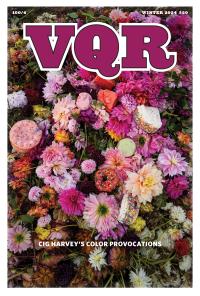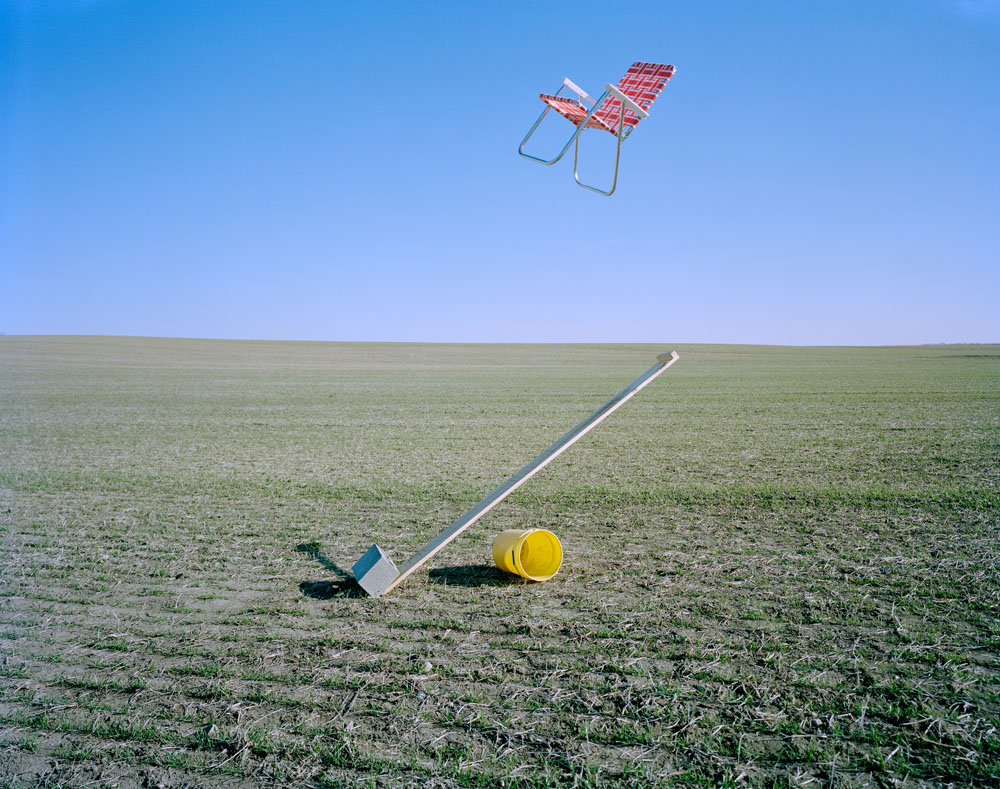Image


You should really subscribe now!
Or login if you already have a subscription.
Adam Ekberg is a photographer with exhibitions at museums around the world, including the George Eastman Museum in Rochester and CLAMP in New York. Ekberg has been awarded residencies at Yaddo, Monson Arts, Monhegan Artists’ Residency, and PLAYA, and is the recipient of the Society for Photographic Education’s Imagemaker Award...